Revenue leakage remains a critical challenge for enterprise organizations, especially in high-stakes sectors like financial services, fintech, SaaS, high tech, communications, and media advertising. These industries are particularly vulnerable because of the sheer volume and complexity of their transactions. This can put not only their immediate financial health at risk but also their ability to invest in future innovation and growth. Below, we’ll explore the common causes of revenue leakage and outline strategies to address them effectively.
The Underlying Causes of Revenue Leakage
In B2B environments, revenue loss often stems from subtle gaps in processes and systems. Take contract management as an example. Large enterprises may manage thousands of contracts annually, each with unique terms and conditions. Without robust systems to enforce those terms or align billing accordingly, organizations risk significant portions of revenue going unbilled or uncollected.
Pricing inaccuracies are another frequent source of leakage. In industries like software and technology where offerings evolve rapidly and pricing models are complex, maintaining consistent pricing across transactions is no small feat. Without strong oversight, businesses expose themselves to unintentional underpricing, unauthorized discounts, and revenue erosion.
Billing and invoicing errors further compound the problem. When billing systems fail to reflect delivered services or adhere to agreed-upon cycles, this can result in delayed or lost revenue. Slow and inefficient invoicing processes also disrupt cash flow, which is an essential factor for sustaining financial stability in large organizations.
Technology-Driven Solutions to Close the Gaps
To combat these challenges, finance leaders including CFOs are increasingly turning to integrated and automated technologies that drive accuracy and efficiency across the revenue cycle. Advanced contract management platforms can automatically enforce contract terms. Dynamic pricing engines can adjust in real time to market conditions, which reduces manual errors. Modern billing systems also ensure invoices align with actual service delivery and are issued promptly.
CIOs and IT teams play a pivotal role in implementing and managing these systems. A well-designed technology stack should minimize manual intervention, offer real-time analytics, and help identify leakage points before they escalate. At the same time, product management and commercial operations leaders must keep product catalogs and configurations updated to reflect the latest business rules and market trends. This helps reduce the risk of pricing and contractual mistakes.
A Cross-Functional Approach for Lasting Impact
Preventing revenue leakage requires more than isolated fixes. It demands a comprehensive and cross-functional strategy. Tightening internal controls, deploying smart technologies, and fostering a culture of continuous process improvement are all essential steps.
For organizations in high-stakes industries, these efforts are not only about protecting revenue. They are crucial for maintaining a competitive edge and ensuring sustainable growth. As market dynamics grow more complex, understanding and addressing revenue leakage must remain a strategic priority for long-term success.




